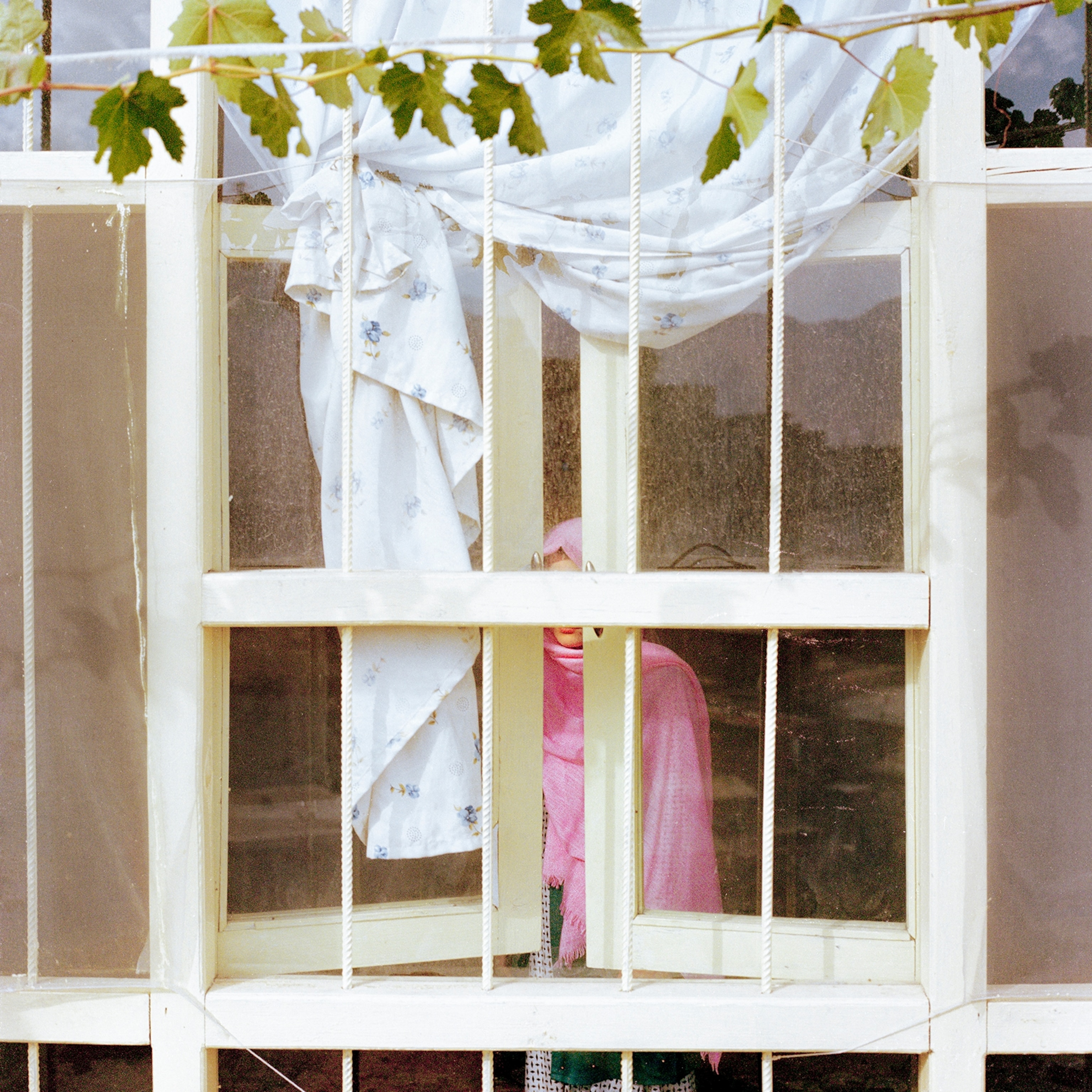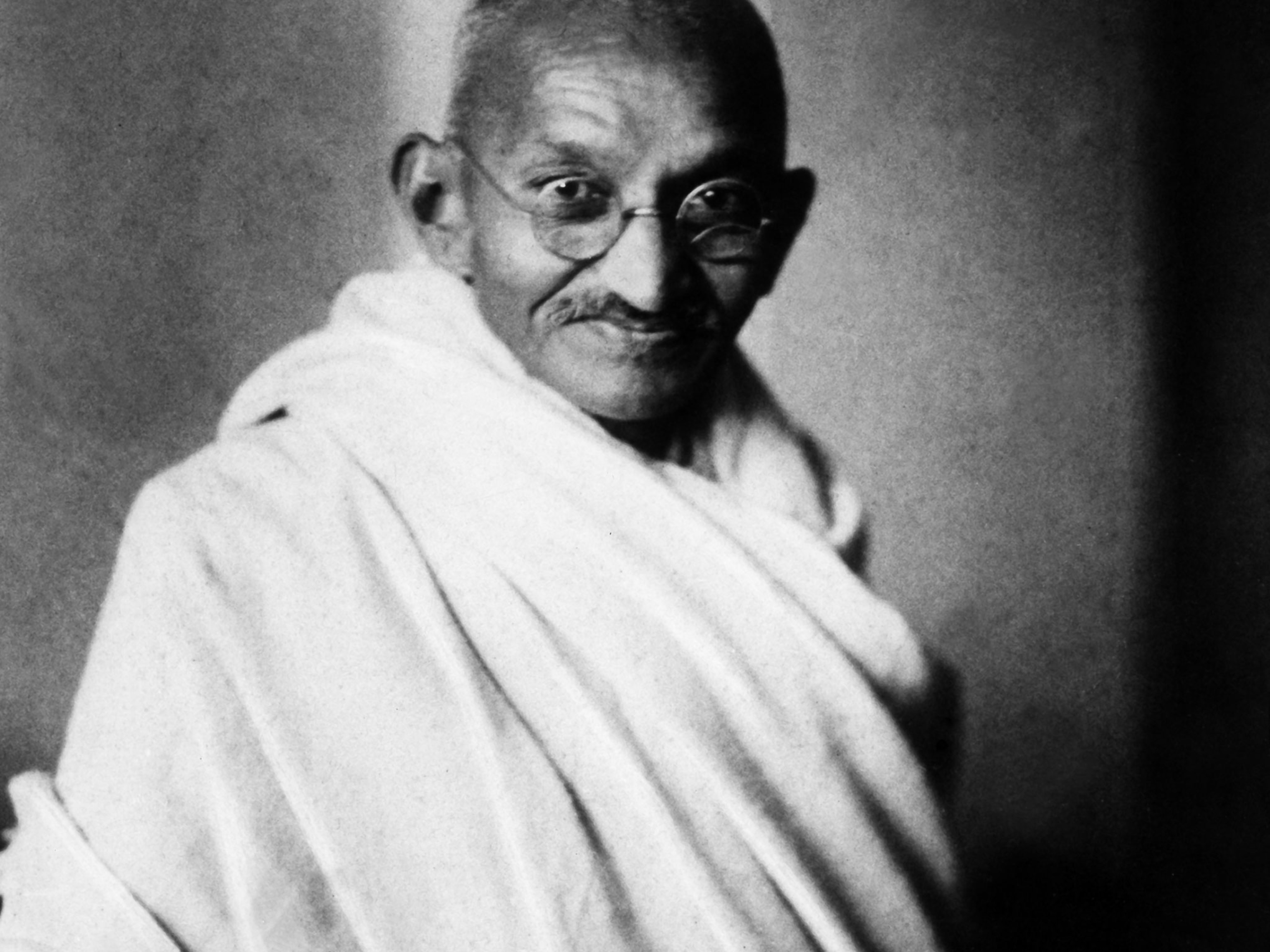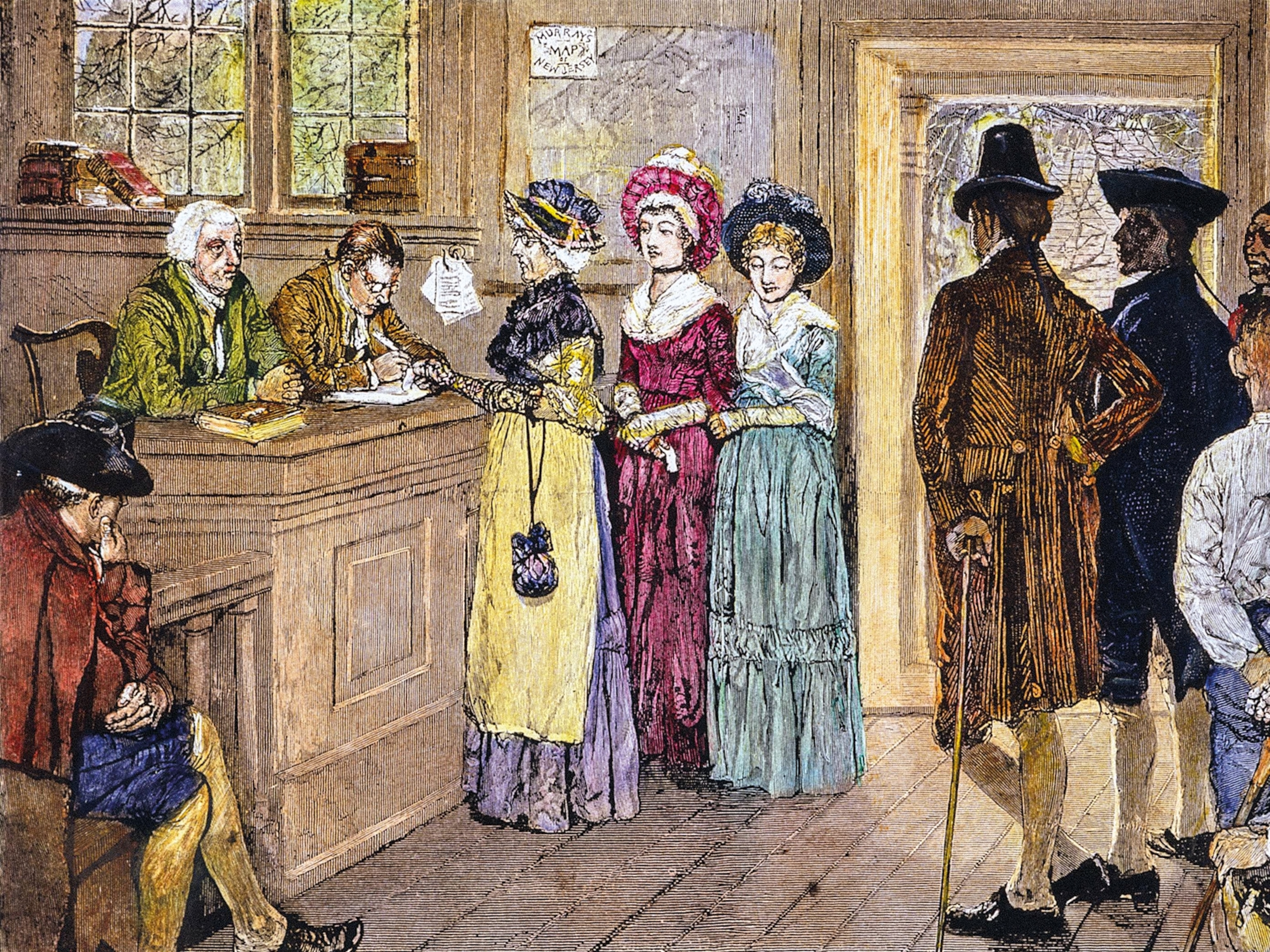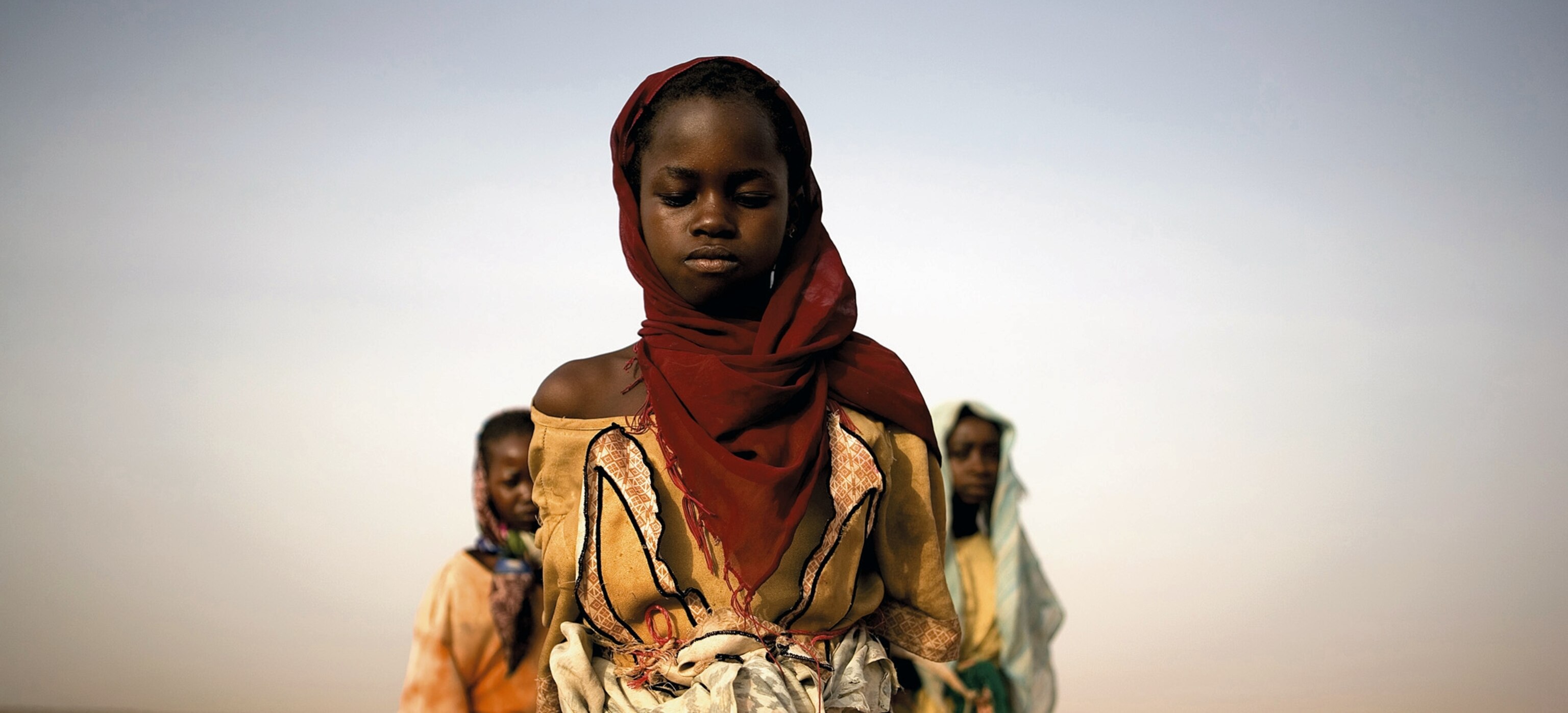
Three of VII: The Life of a Photograph
One of my favorite things about my day-to-day job is meeting photographers who are incredibly passionate about the stories they tell. While they all work in different ways and think about stories differently, what they have in common is an enduring dedication to storytelling. One well-established agency, VII (like the number “7”), will be in Washington D.C . this weekend to present their work and discuss issues in photojournalism today. In anticipation of the seminars, I corresponded via email with three prolific VII photographers—Ashley Gilbertson, Ron Haviv and Gary Knight—on the things that motivate and inspire them. What follows is a selection of their answers.
NOTE: Some of the images below contain graphic content.
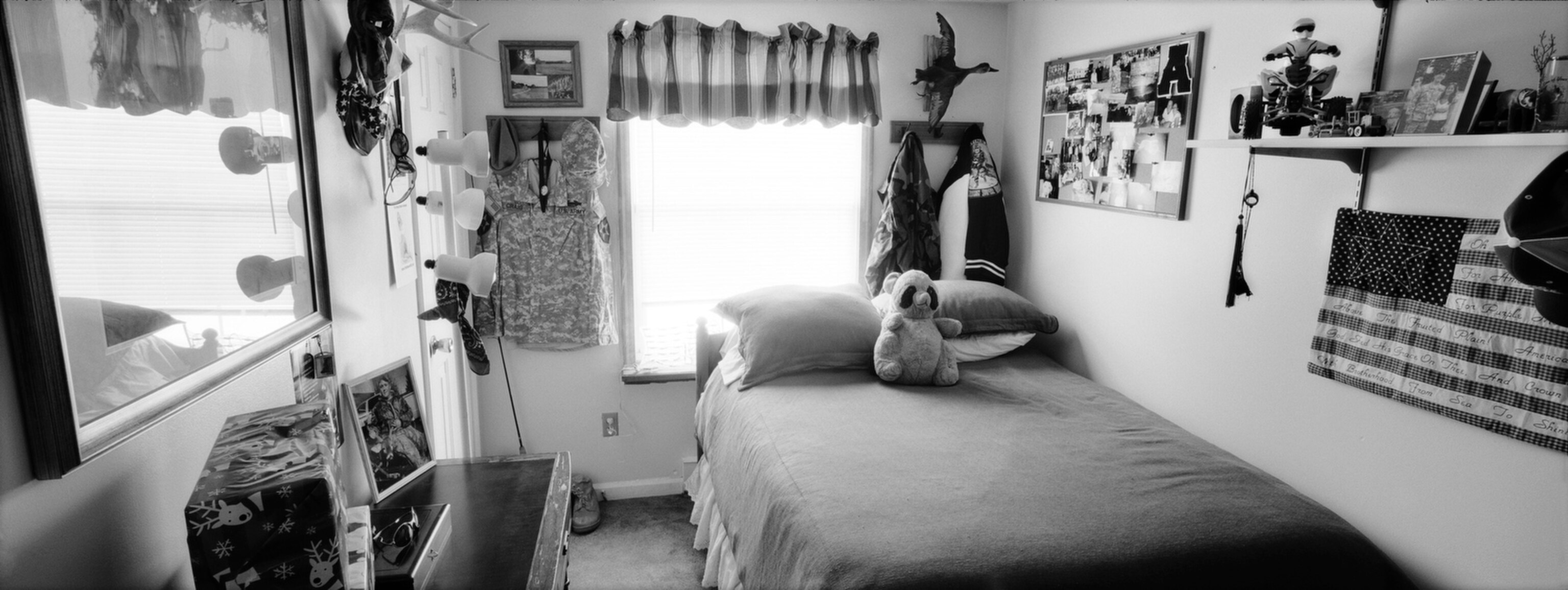
JANNA DOTSCHKAL: What motivates you to tell stories visually? Do you feel like people really listen?
ASHLEY GILBERTSON: There are rare moments when we as photographers really experience success with our work. The more people that we can connect with on a meaningful level, the better we’re doing. I tell the stories I do because I feel a deep sense of responsibility to the issues, and to the subjects we meet that live these lives. I find inspiration within these stories that are often difficult to confront—like the Bedrooms of The Fallen seems very sad, and it might seem hard to come of terms with that as a viewer. I hope though that people also see that work as celebrations of the love between the parents and their children, and as portraits of the lives of people we should feel a connection with. It’s a celebration of their lives as much as it is a memorial to their loss. I photograph stories that move me and that I’m passionate about, and I take pictures to help the public understand the topics and hopefully affect the topic in a positive manner.
RON HAVIV: The language of visual imagery allows my work to reach and touch an audience unlike any other medium. The way that an image can resonate with people continues to reinforce my belief that the work that I do can have an effect on people.
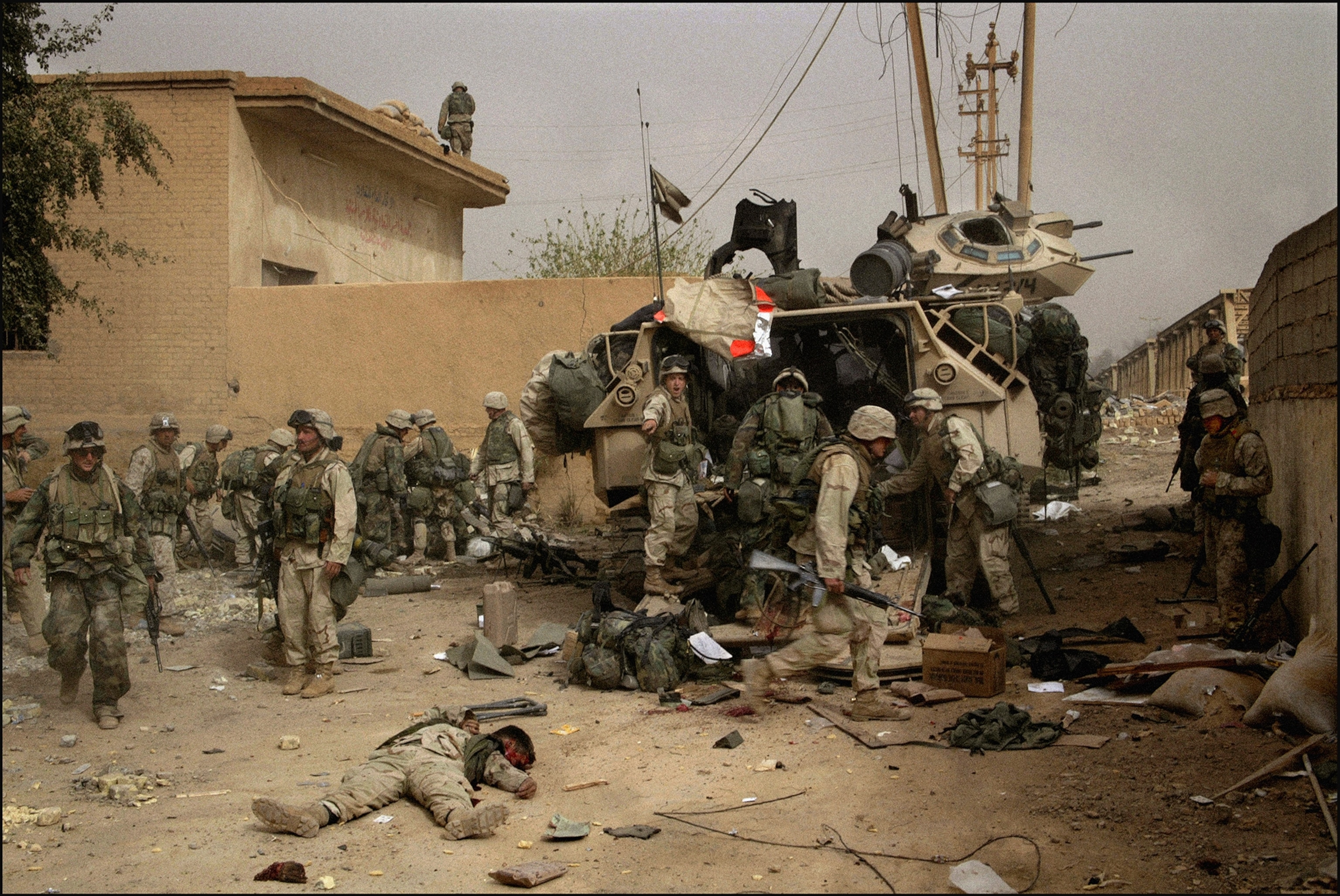
JANNA DOTSCHKAL: What makes for a powerful photograph?
GARY KNIGHT: I don’t think there really is such a thing. Do photographs have meaning by themselves? I believe that the people who look at photographs invest them with meaning informed by their own experience and prejudice, so any photograph has the potential to engage someone and move them, depending on how or if they chose to engage with it.
ASHLEY GILBERTSON: I think there are two types of photographs that are regarded as powerful. There’s the more standard image which is one that’s really graphically powerful, with emotional content and amazing light, et cetera. They’re incredibly strong pictures, well suited to the halls of museums, in pages of magazines and often receive acclaim from award groups. I’m just as interested in looking at work that reaches a broader audience through imagery that goes viral. There are many photographs that have a different life span, which may be faster, but it reaches a lot more people, and in many cases might affect as much or even more positive change.
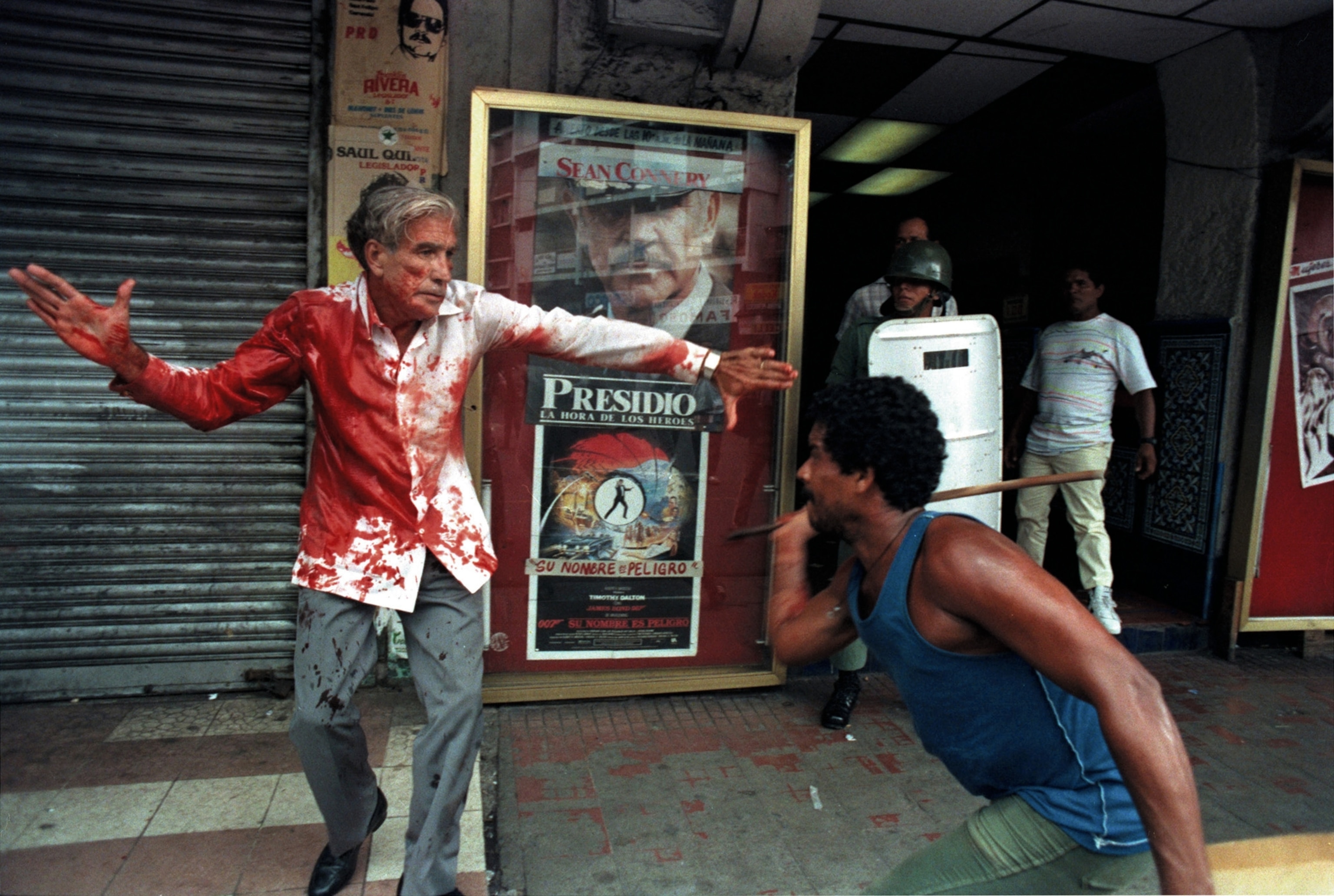
JANNA: Do you have any anecdotes of instances where you experienced the impact your photographs had on people?
RON: A series of my images from civil strife in Panama were on the covers of three major American news magazines. When the United States invaded Panama, President George H.W. Bush spoke about the images as one of the reasons why the war was taking place.
Another series of images from the beginning of the war in Bosnia became symbolic of the brutality of that conflict. These images have become part of the collective narrative of people living in the Balkans.
This work has been continuously used in the International Court Tribunal at the Hague for indictments and convictions of different people for war crimes. It has inspired filmmakers such as Jean-Paul Goddard and other artists to create projects based on the work. I was told by a Bosnian Army General, of Serb heritage, that when he saw my work, he could no longer fight on behalf of his ethnic brothers. He is considered one of the heroes that defended the city of Sarajevo. These are just a few of the examples of the impact of the work.
GARY: Yes there are a few [situations] where material changes have happened, and that is useful and can be important, but I think the instances that we know about are less interesting than the ones we don’t. I am more interested in what people think about the people I photograph when they are sitting in their homes by a computer, or looking at a book or magazine, and how that changes the way they perceive themselves and perceive others.
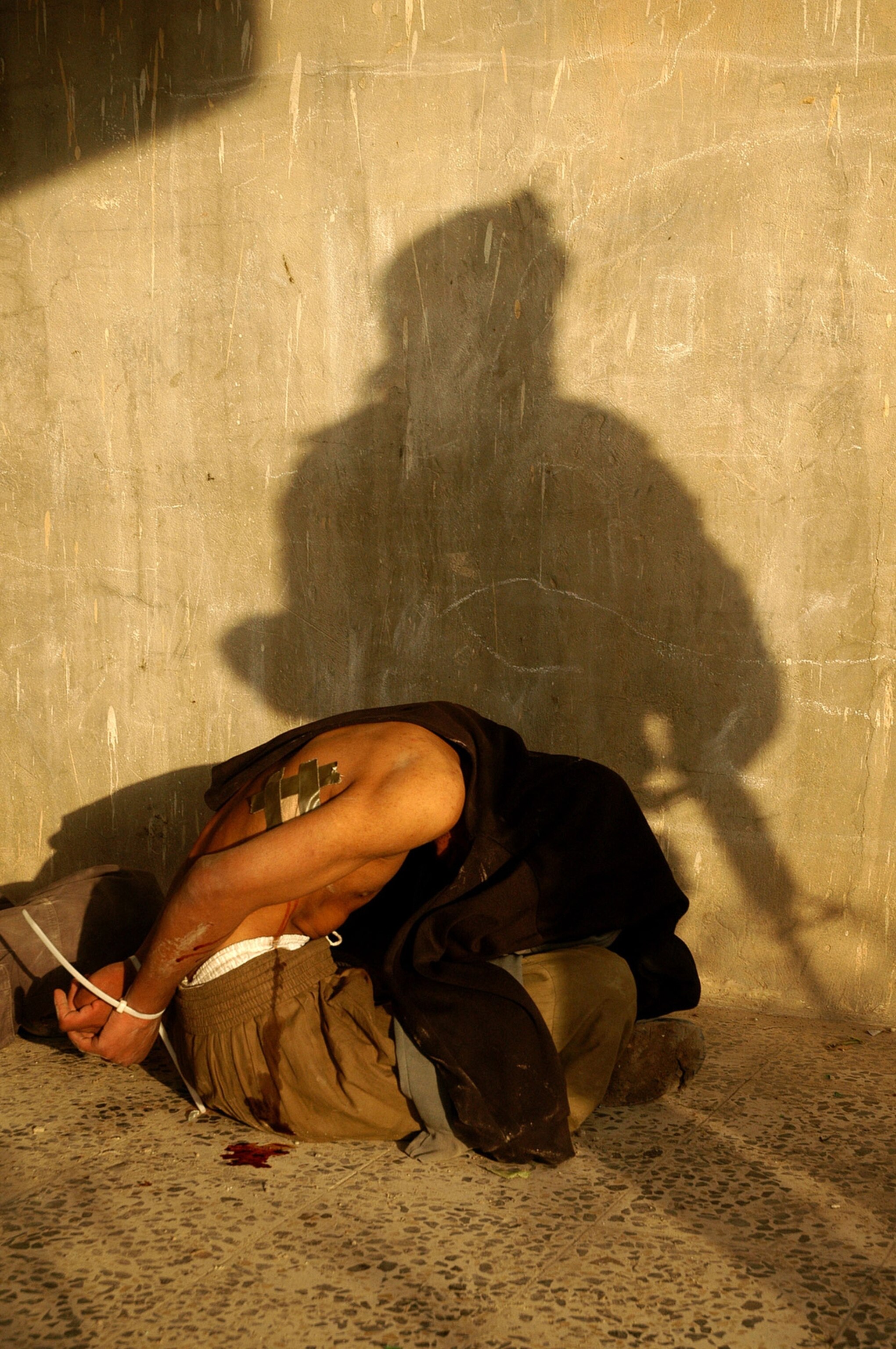
JANNA: Do you find long-term work to be significantly more powerful than short-term? Why or why not? How much time does it truly take to tell a story?
ASHLEY: I think it really depends on each photographer. I’m better suited to working on longer term projects—I need a long time to let a story really engross me and wash over me. It takes me time to work out what I’m trying to say, and then how I’m going to say it in images. There are cases within each story where you have some profound moments of realisation—like the Fallujah image from Iraq. That scene represented years of interaction with that story and the Americans and Iraqis involved in it.
RON: Time is always a luxury that one does not have enough of. While it’s often better to spend more time than less on stories, length of time does not always make the story better. It is most important for me to think about the way that I can tell the story.
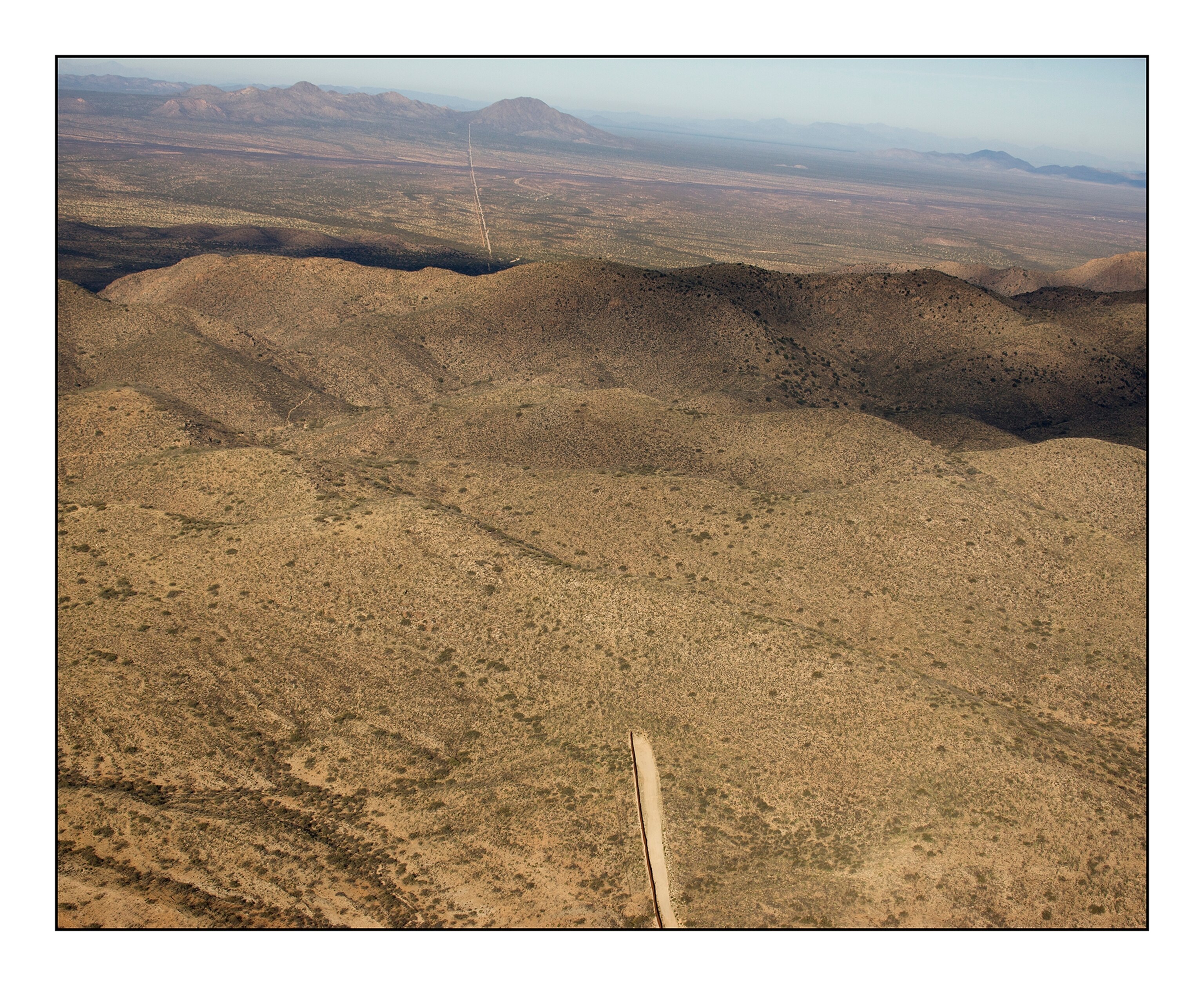
JANNA: How does being part of an agency influence your work?
ASHLEY: Being a member of VII gives me hope in the power of photojournalism. There’s a lot of talk about the negative aspects of the media and photography as a whole, and within VII, I can always turn to the group and find damned good reasons to keep up the fight and work together for a set of goals we all believe in.
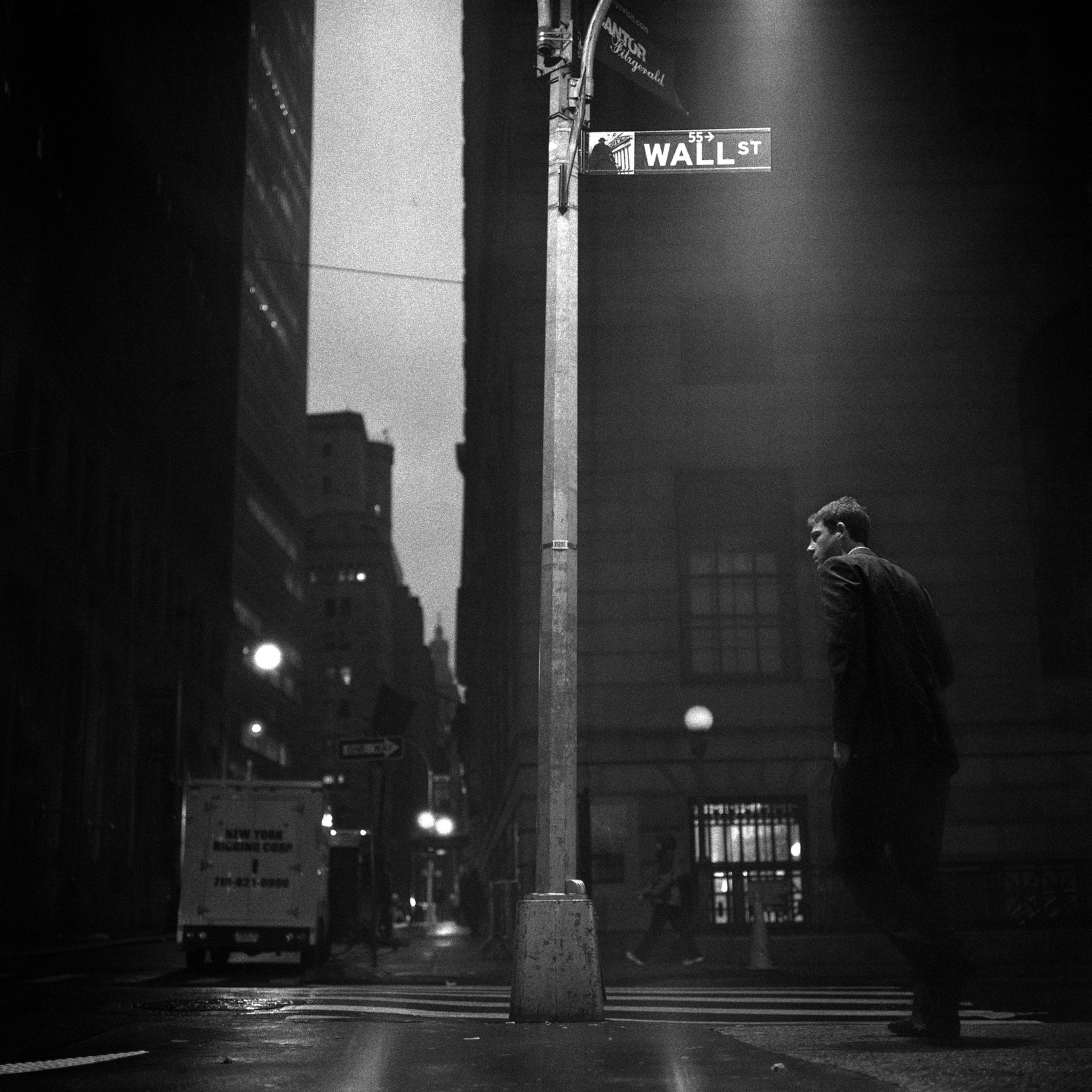
JANNA: How have your relationships with other photographers shaped your ideas and the types of projects you have worked on?
GARY: Photographers like Philip Jones Griffiths and Gilles Peress had a huge influence on me when I met them and worked with them early in my career, particularly in the way I think about the potential of photography. I am working on some long projects now with Daniel Schwartz, Philip Blenkinsop and Ron Haviv that involve a lot of dialogue and thought. But that said—most of my ideas are shaped by the things I read or see, or conversations I have with a wide variety of people, not so much by photographers or photographs.
ASHLEY: There’s a response on a personal level—considering ideas in my own work, and approaches to it. Donald Weber always engages me on a meaningful level when we chat, and I find I’m often coming back to Antonin [Kratochvil]’s work, and looking at how he’s reinvented his own work so many times in his career. Also, for a similar reason, to the work of Chris Morris. I draw inspiration from so many different aspects of how the photographers work and are—Marcus [Bleasdale]’s single minded devotion to his work, Ron [Haviv] and Ed [Kashi]’s commitment to not only their own work but to the wider group at large, and Jessica [Dimmock]’s film making. I could go on, obviously.
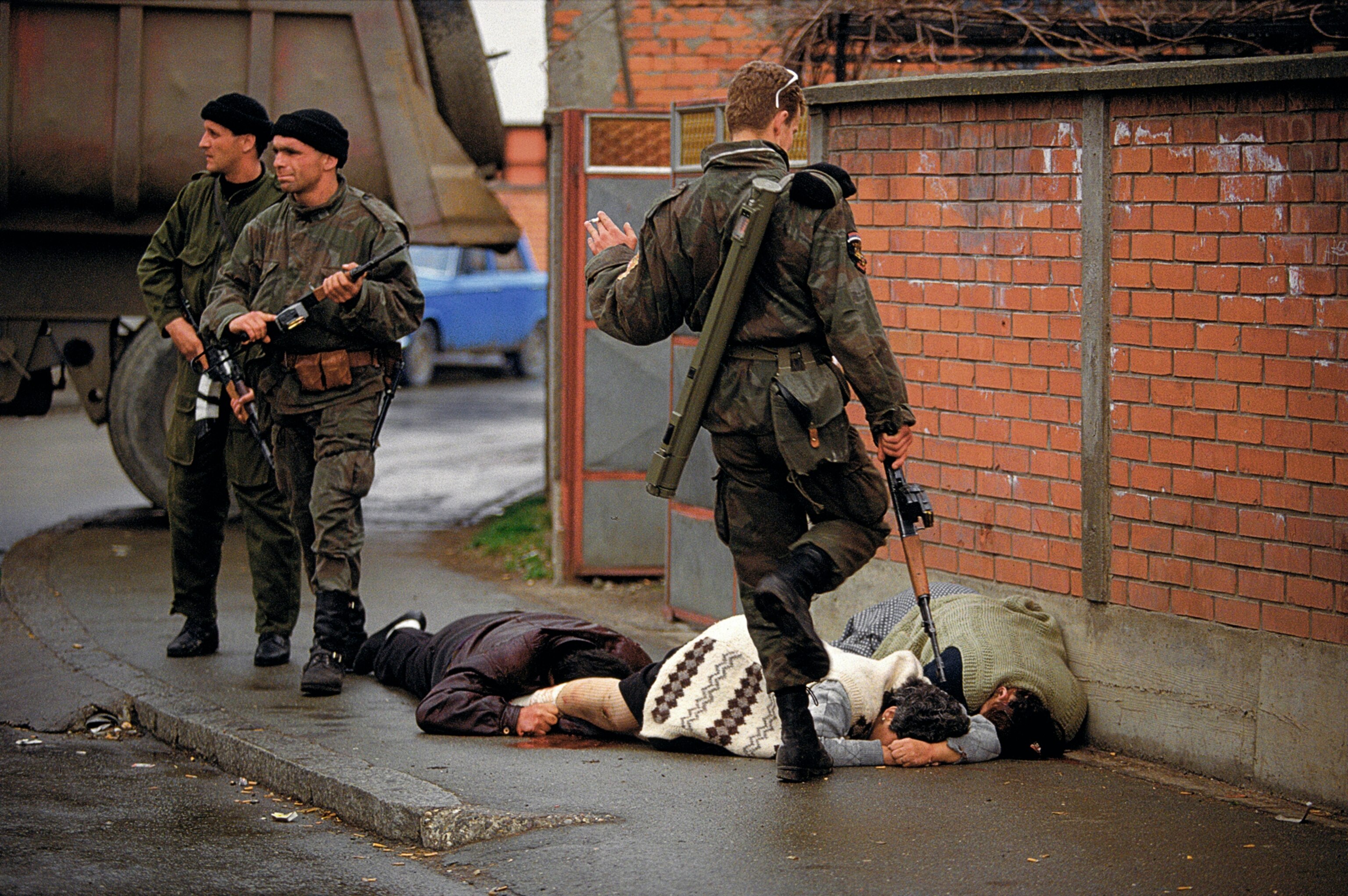
JANNA: What is the value of photography talks and events?
RON: In the end, my main goal of my work is to raise awareness. It is an amazing privilege to have my work reach an audience through traditional media as well as via digital technologies, but there always remains something special in the arena of personal presentations. To be present with the audience and to have the opportunity to discuss the success and failure of the work is an extraordinary experience. A conversation with an audience is always a reminder of the power of visual storytelling.
GARY: I think there are some fundamental issues that need to be discussed by the photography community, moral and philosophical issues about how we represent the world and how we reinforce or challenge the status quo for example. I think that events like this might crack open the door on some of those issues. When I was young and starting my career I wish I had had the chance to meet more experienced practitioners, I think these events are useful for younger photographers trying to figure out how to build careers. They can learn from our mistakes and the things we may have done well.
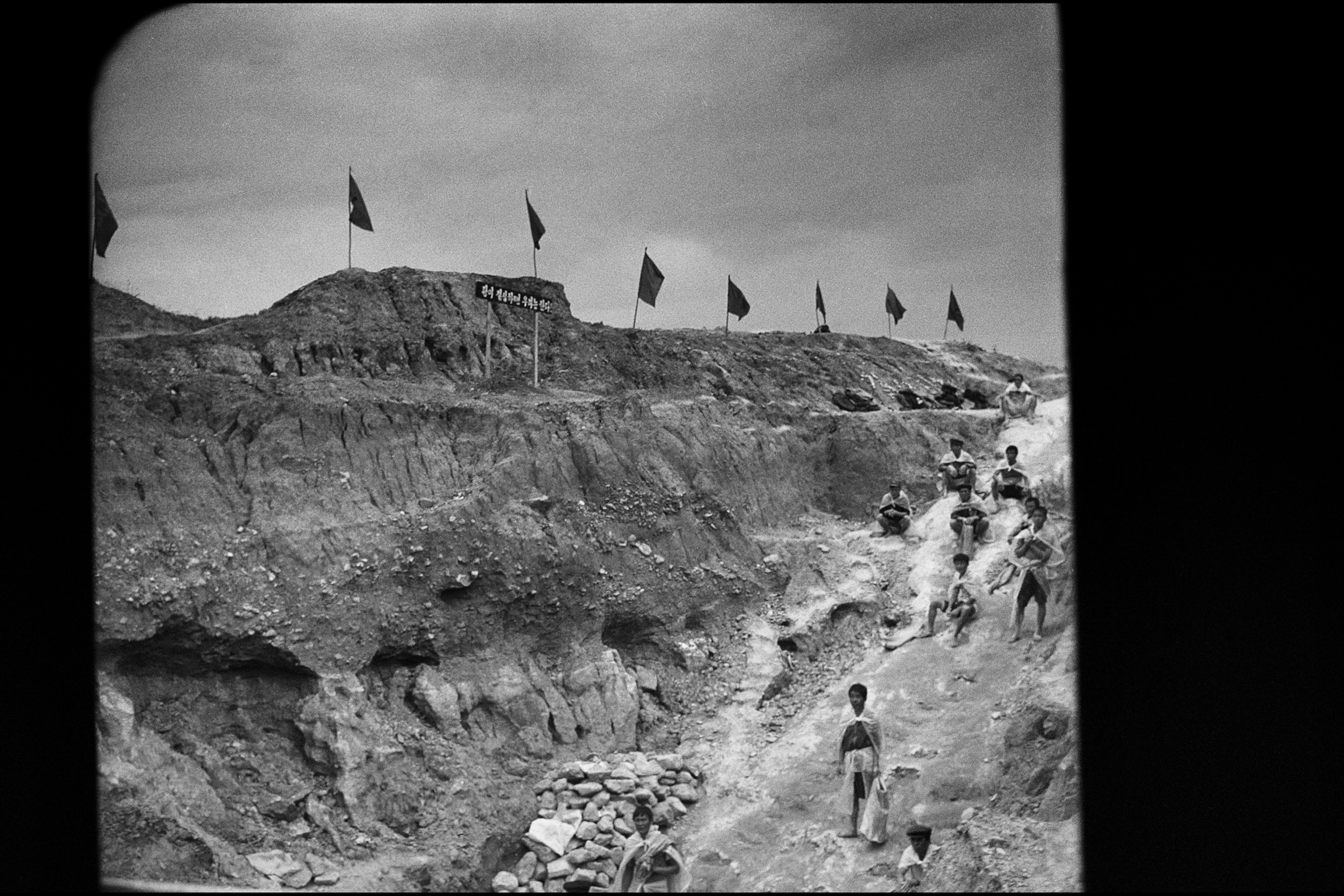
JANNA: What kind of legacy do you want your work to leave for you?
RON: My hope is first and foremost that the work will live on long after me. While the photographs are always initially taken with the intent to communicate, I am very appreciative that the work can also be a tool of education. If the work will have a legacy, this is the arena I wish for it to survive in the most. With partnerships with organizations such as Generation Human Rights, I am hopeful the images will teach our children, their children, and so on.
GARY: The idea of legacy is in conflict with the reason I make the work and is of no interest—I have no interest whatsoever in immortality. The photographs are work and right now I think the idea of them being my legacy is absurd. The photographs are made for now but they may be part of someone else’s legacy, their history or their memory.
ASHLEY: I don’t think about that at all—someone else can decide that, I think.
View more work from the VII Agency on their website. The VII seminar, Reinventing Journalism, will be held this Saturday, May 17th, in Washington D.C.



